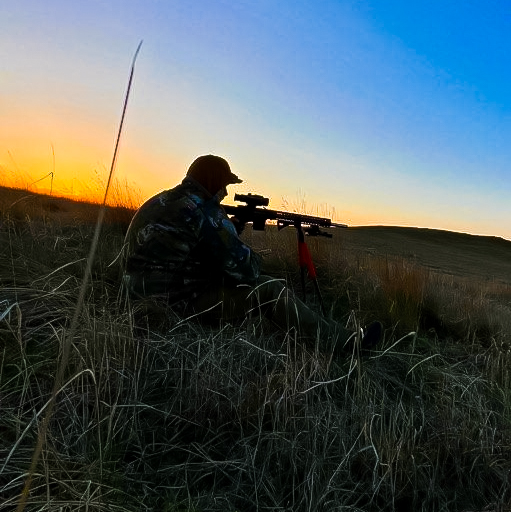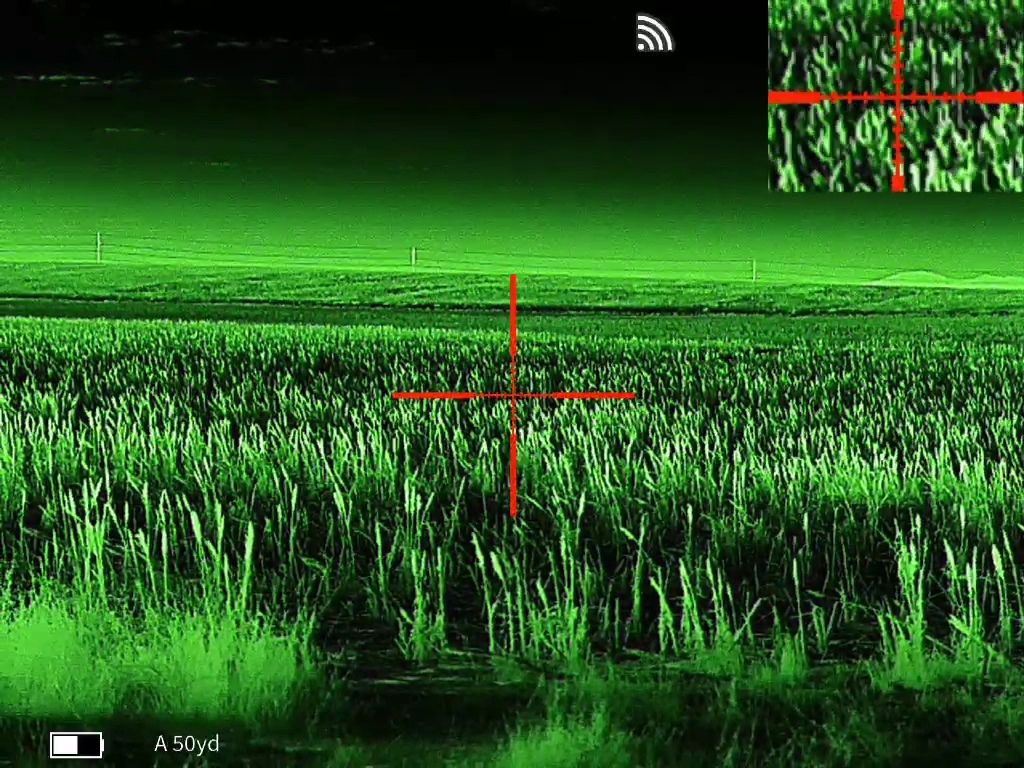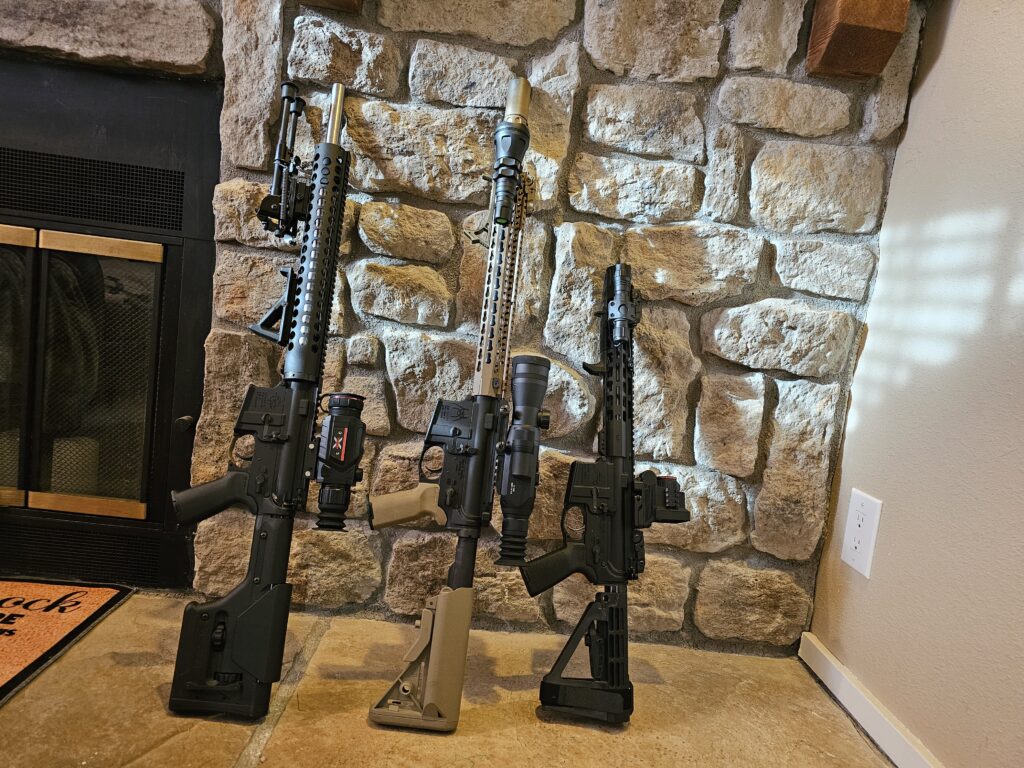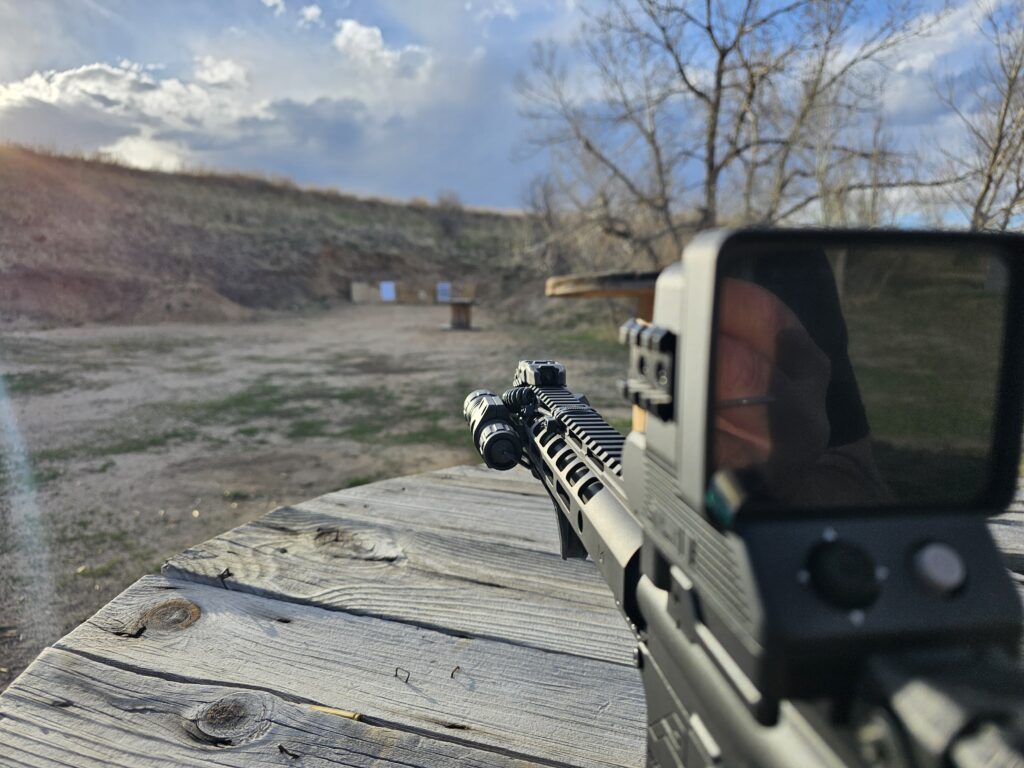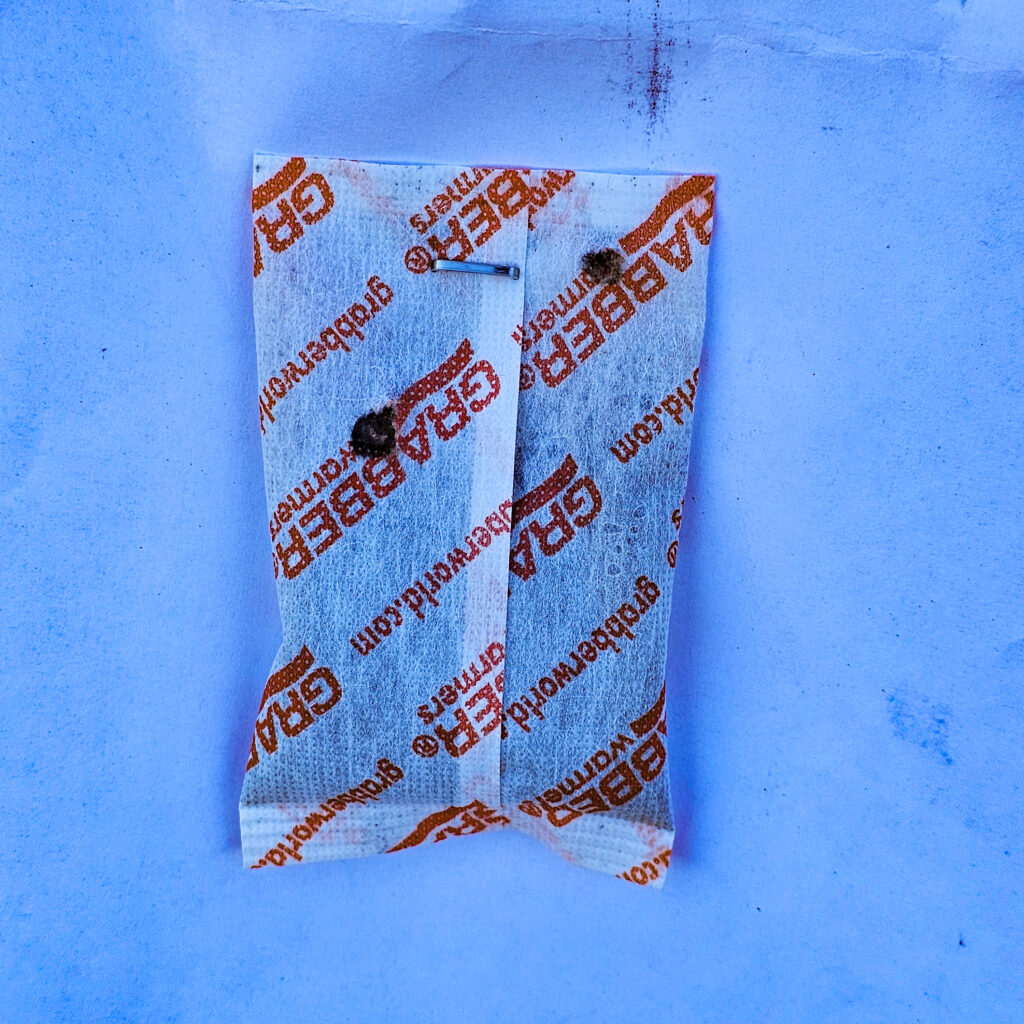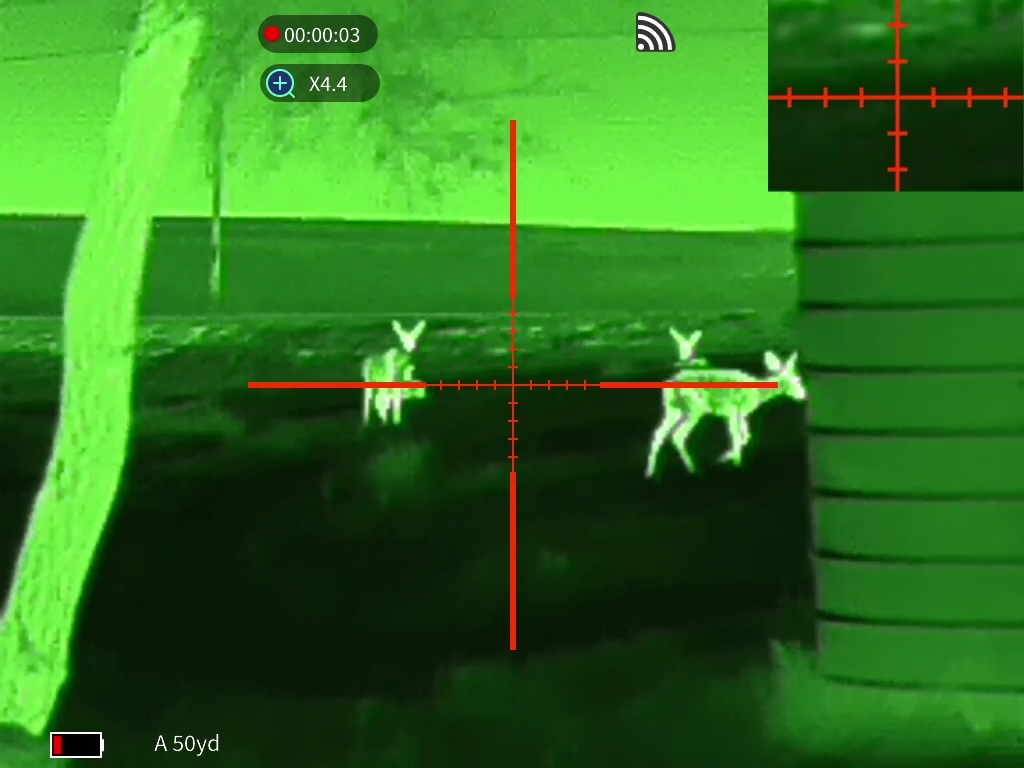Back in early April, prior to setting out on our annual turkey hunting trip to SD, we put up a few posts of us messing around with some thermal and NV optics. We received some awesome products from X-Vision Optics (thanks for pushing us down this new rabbit hole, David!), and the plan was to set up some rifles with these optics and squeeze in some night hunting for coyotes while in SD. For those not familiar with turkey hunting, the days start before sunrise and its often long past sunset when you get out of the field and back to your vehicle. So due to a couple extra long days chasing turkey and/or some evenings and nights of not so ideal coyote hunting conditions, we ended up only getting one night out to try our hand at calling in yotes. The optics were impressive, but one night in the field with them is not exactly enough time to get fully experienced in the real-world application, let alone write a detailed and complete review of the optics. Luckily there is no shortage of coyotes in any of the areas we typically hunt, and the Kansas night vision season is right around the corner. Considering this, I thought I would write a brief preview of the optics we have been working with which will then lead into a full review (and hopefully several success stories) once we get into prime yote hunting season!
First and foremost, let me just put it out there that none of us are experts with thermal or NV. Actually, except for my experience of using some basic NV for my job, we are all extremely green in this area. We are, however, very well versed in coyote calling and hunting, and we’ve been doing it for a really long time. With that in mind, this article and those to follow later, will be written from a beginner’s perspective and experience with the optics, not in such a way that only thermal nerds (if that’s a thing) and engineers understand! When I received the Impact 350 Thermal Scope, the Flex 2 Thermal Reflex Sight, and the Meridian 550 Night Vision Scope X-Vision, I was very impressed with the care X-Vision takes in packaging and protecting their products when they ship. I was also blown away by how complicated the optics appeared initially. One optic looked like it came straight out of a video game, and one I was pretty certain was actually some variant of a light saber. Luckily, X-Vision includes some very detailed manuals with their equipment and they also have some very informative videos posted on their website, so I would later find out that it’s all reasonably simple to operate.
All the optics mount on picatinny rails (the reflex has a QD picatinny mount which is nice), so I installed each on AR-platform rifles with ease. One glaring thing I noticed early on as I looked over the different optics was the lack of obvious elevation and windage knobs/buttons/dials and the presence of dials, buttons, and joysticks. Being new to all of this, I wondered what kind of video game world I was getting into as I got ready to head to the range to sight in the optics. (see above statement about instructions and videos to put your mind at ease if you are considering stepping into this high-tech world!)
The Meridian 550 NV scope came with a “One Shot Sight-In” target that is meant to be used in combination with the X-Vision app for your phone. Without getting into a crazy amount of description, I will say that I didn’t get it done in one shot, however, it was a pretty straight forward and simple sight-in process for those that can read and follow instructions. My wife will lie to you and tell you this isn’t my strongest area, but I DID read and follow the instructions (at some point), and I got the NV scope dialed in.
The Flex 2 reflex sight was painless to get dialed in. It uses a sight-in method that I use often with other optics, and most people are likely familiar with as well, which is moving the reticle from point-of-aim to point-of-impact after the initial sight-in shot. X-Vision includes a sticker for sighting in that is basically a small, round version of the soft handwarmers you tear out of the package and shake. This sticker is about the size of a half dollar and warms when activated. It’s a great idea in concept, and it probably would work well on a cooler day, but I sighted in when it was in the high 60’s so I found the sticker hard to see through the thermal display. Luckily, I had an actual handwarmer in my glove box, thanks to Michelle being perpetually cold, so I just activated that and stapled it to my target. One video X-Vision has shows using a sheet of foil with a piece of tape in middle for an aiming reference. I didn’t try it, but that seems like it would work well as an alternative. After setting up my redneck improvised target, I had the reflex sighted in perfectly in three shots.
The Impact 350 thermal scope was also a very simple sight-in process. I used the same target setup that I used for the reflex sight, and zeroed at 100 yards. The adjustment for the scope is the same method (reticle to point-of-impact) but with a twist. After the first shot, you look through the scope, place your reticle on the original point of aim, freeze the view in the screen and then adjust to the point-of-impact on a still “screenshot”. The simplicity of this actually confused me at first, but once I wrapped my head around what I was doing it was kind of mind blowing, and very easy. After the initial adjustment my second shot dropped right onto my bullseye hand warmer and I was ready to roll. Both the reflex sight and the scope allow you to save multiple zero configurations in the event you want to move the optic to different weapons, use different ammo, or have different zero distances. At the end of the process, zeroing these optics was just as easy, or easier, than any other scopes, red dots, iron sights, etc. that I have zeroed over the years. Way simpler than you would expect when you’re looking at optics that seem more fitting on Star Wars-ish weapons than standard rifles.
Initial Takes
What I liked:-Recording and still photo capabilities of the optics
-Adjustability of displays – color overlays, zoom, brightness, etc.
-Ease of sight-in
-Seemed very well built
What I wasn’t sure about:
-Battery powered devices – how long will they last, how will they do in the cold?
-Using a phone app in conjunction with weapon optics – is this too much to mess with while hunting?
-Aiming with the reflex sight – definitely different than cheek on the stock, looking into a smaller sight window, so will it be too different for comfort?
-How technical the optics are compared to standard scopes or red dot systems – is it too complicated to be enjoyable in the field?
What I didn’t like:
-Nothing found initially

